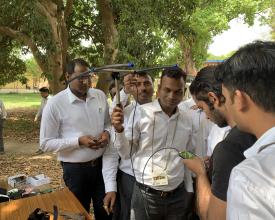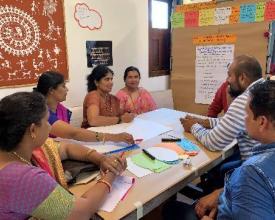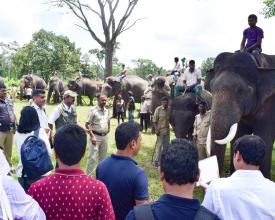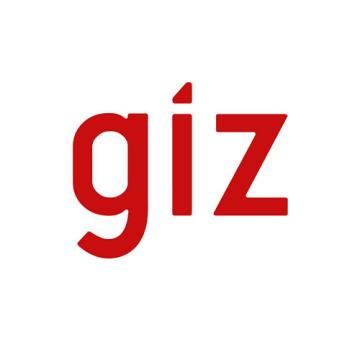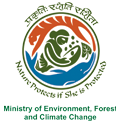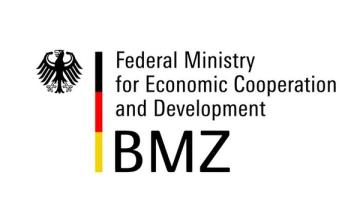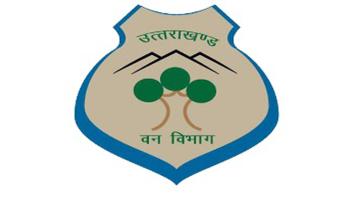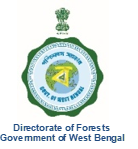
Intégration de l'approche "One Health" dans les mesures d'atténuation des conflits entre l'homme et la faune en Inde
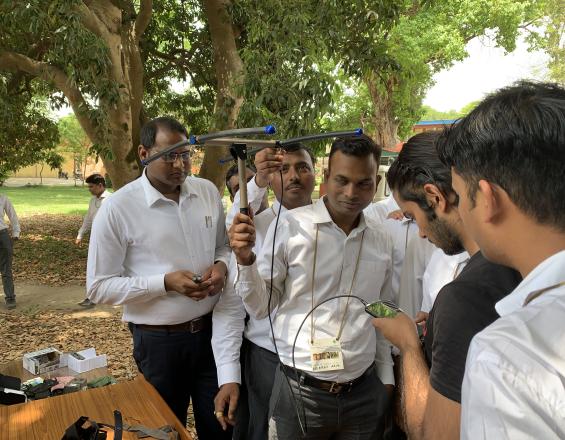
En Inde, malgré l'augmentation constante de l'interface entre les animaux et les humains, qui entraîne des conflits entre l'homme et la faune sauvage et des risques de zoonoses, les mesures relatives à la santé des animaux et des humains sont mises en œuvre par les institutions des secteurs de la faune sauvage, de la médecine vétérinaire et de la santé publique par le biais de canaux distincts, ce qui empêche la mise en œuvre de l'approche "Une seule santé". Le projet de coopération indo-allemand sur l'atténuation des conflits entre l'homme et la faune sauvage en Inde a permis de développer et de mettre en œuvre le mécanisme indispensable à cette coordination, dans le cadre d'un plan global de développement des capacités. Le projet a réussi à intégrer l'approche "Une seule santé" dans le plan et les lignes directrices nationaux d'atténuation de la pollution par les déchets dangereux, à établir un système de cours de formation en collaboration avec des institutions et des experts des secteurs forestier, vétérinaire, agricole et de la santé publique, ce qui a permis d'élaborer un programme de formation commun et de renforcer les équipes spécialisées d'intervention rapide sur le terrain.
Contexte
Défis à relever
Emplacement
Impacts
En facilitant l'intégration de One Health dans la stratégie et le plan d'action nationaux d'atténuation des conflits entre l'homme et la faune sauvage (HWC-NAP) (2021-26) de l'Inde et dans 14 lignes directrices (à paraître), le projet a fourni la structure d'ancrage nécessaire à la coopération intersectorielle pour One Health.
Les formations One Health et le programme de développement des formateurs, développés dans le cadre d'un partenariat de collaboration entre les institutions de formation des secteurs de la forêt, de l'agriculture, de l'élevage, de la santé publique et des médias, profitent à plus de 25 institutions de formation, en intégrant One Health dans leur programme de base.
Plus de 140 membres du personnel de 27 équipes d'intervention rapide (EIR) ont été équipés et formés aux mesures de santé et de sécurité au travail, ainsi qu'aux méthodes humaines et sûres de sauvetage, de capture et de transfert des animaux en conflit. Plus de 300 membres de 73 équipes de réponse primaire (PRT) communautaires ont été formés à l'interaction entre l'homme et la faune sauvage et aux mesures de santé et de sécurité pour les humains. 23 éléphants et 10 léopards, actifs dans des paysages dominés par l'homme, ont été munis de colliers émetteurs et font l'objet d'un suivi et d'une surveillance de leur santé et de leur bien-être. Ces mesures permettent également d'éviter les situations de conflits armés, ce qui profite à environ 64 villages de plus de 100 000 habitants en réduisant leur vulnérabilité aux maladies zoonotiques.

